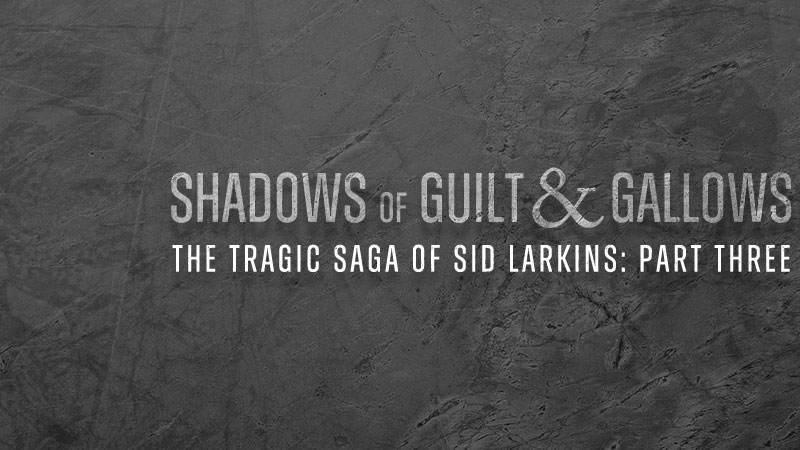
This is a different, fictional perspective on the antics of Sid Larkins’ life, explaining the evidence brought forth by the defense for an insanity plea during the trials.

Sid Larkins was a man of contradictions—by all accounts a railroad worker, faro dealer, gambler, and drifter whose life seemed a tangle of absurdity and tragedy. The defense at his trial for the murder of Josie Hill leaned heavily into his eccentricities, constructing a narrative that Sid wasn’t entirely in control of his own actions—he was pleading insanity. To the court, they painted a picture of a man who would smoke three cigarettes at once, sometimes even a fourth—burning them down as if the world around him wasn’t burning already. They recounted how he would lend money to gamblers in his own card parlor, allowing them to use his generosity to turn the odds against him, as if the game itself didn’t matter to him at all. Sid’s behavior, they claimed, was more than odd—it was erratic, unpredictable, the marks of a man losing his grip on reality.
The defense continued with tales of Sid’s dangerous mishaps during his time with the railroad. Time and again, he had knocked himself out with a coal shovel, once even falling off a moving train and landing on his head. These weren’t just accidents, the lawyers argued; they were signs that Sid’s life was slipping into chaos long before Josie Hill’s murder. Then there was his relationship with Josie, which seemed to teeter between passion and rejection. When she threw his clothes out into the snow after one of their many arguments, Sid didn’t explode in anger. Instead, he simply gathered his belongings and quipped, “Is that any way to treat a gentleman?” His belief in their fractured love was unwavering.
And then there was that fateful Christmas morning, when Sid walked into Josie’s room with a gun and, after a brief, almost indifferent exchange, shot her. He collapsed to the floor, kicking and thrashing about, certain he’d shot himself as well—only to realize moments later that he hadn’t hit himself at all. Even when he slashed at his own throat, he failed, bleeding just enough to remind himself he was still very much alive. To his defense, these actions were more than acts of violence; they were the frantic gestures of a man unraveling at the seams. But to the prosecution—and eventually the jury—they were the last desperate performances of a man who knew exactly what he was doing, but perhaps always preferred to play the fool.
This is a different, fictional perspective on the antics of Sid Larkins’ life, explaining the evidence brought forth by the defense for an insanity plea during the trials.



